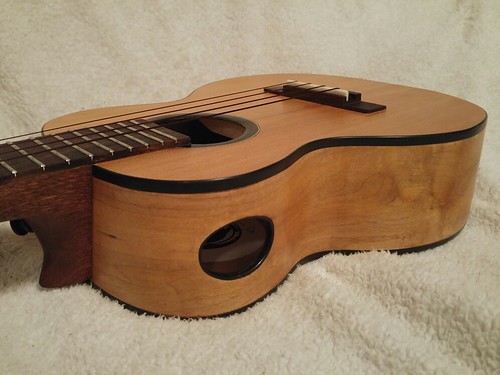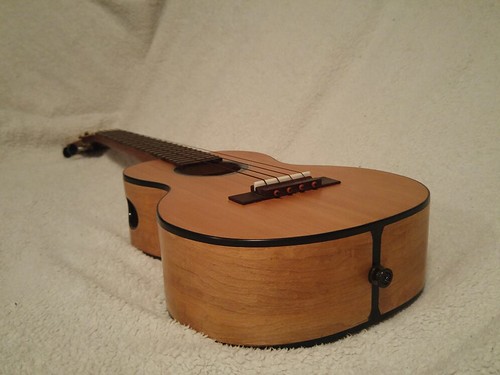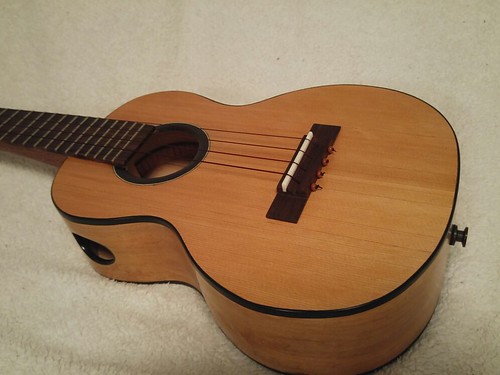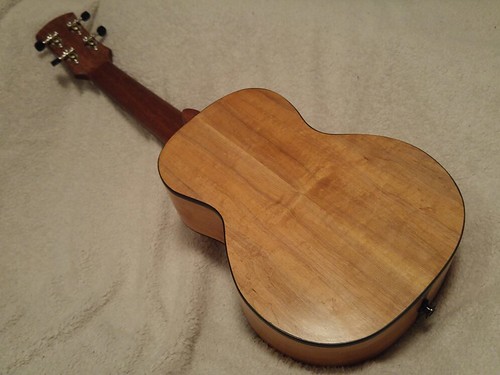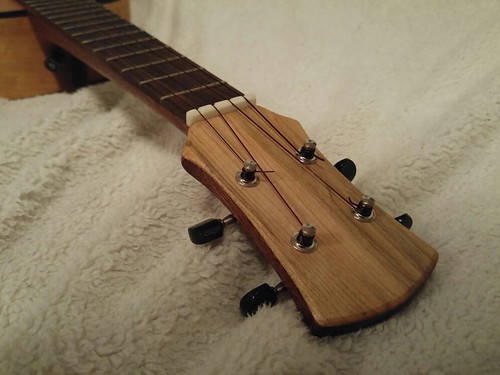After a lot of waiting, the shellac finally arrived. Thus my build could continue but I've been feeling a little out of game. Lots of small mistakes, cockups and general sloppiness meant that I for a while thought I wouldnt get this uke together. I managed to destroy two rosettes in the process of finishing the top. Finally got one together, which goes well with my intended design scheme.
Well, now the top is on, I routed the channels this morning and did the bindings during the afternoon! So good progress again, finally !
!
Oh, and all the good things you fellas say about shellac is totally true.

Well, now the top is on, I routed the channels this morning and did the bindings during the afternoon! So good progress again, finally
Oh, and all the good things you fellas say about shellac is totally true.








